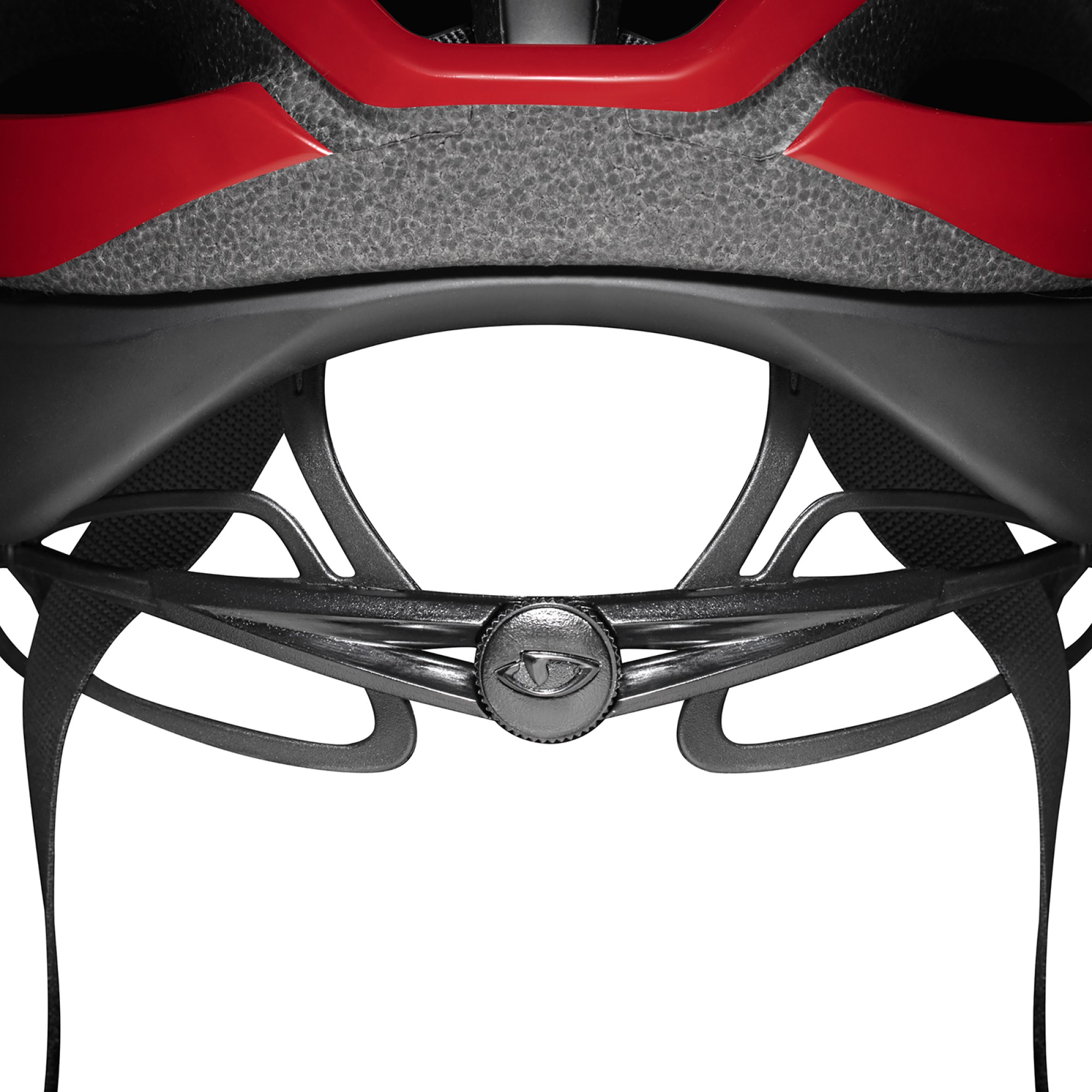
Life is too short to ride shitty bikes. There’s no point in having a fleet of nice machines sitting in the shed or hanging on your apartment wall if you’re going to ride a rusty old beater down to the coffee shop. But you don’t want some sticky-fingered swine making off with your vintage-road-bike-turned-commuter, either.
Protecting the frame is simple – invest in a good lock. Spend as much as you can afford to, you’ll have it for years and the peace of mind will be worth every cent. What about the peripherals, though? Those beautiful handmade wheels and the nicely broken-in Brooks saddle that is now perfectly contoured to your backside – they need protecting too. No cyclist ever wants to come back to a locked-up frame that’s been relieved of its wheels. Even the thought of it is enough to make you wince.
The second I heard about Hexlox, I was intrigued. A magnetic hex-shaped insert blocks anyone from using a hex key on your bolts, and it can only be removed by a key that’s unique to each set. It’s such a simple idea, but one that could potentially save you a small fortune in foiled theft attempts.
How it works
The Hexlox sits inside your hex (Allen) bolts, magnetically attached to the metal. It takes seconds to set up. If your bolts are aluminium or titanium, you’ll have to buy an additional insert, but it still looks incredibly straightforward. I’ll admit to fudging the job on my seatpost. I ran out of the right sized Hexlox and needed to use a small one, but even with the poorly fitting Hexlox, I couldn’t get it out of the slot after several minutes trying with some wire and a knife. I also tried a magnet, with no success. There’s a video showing why that won’t work, here.

Anyway, once you know the correct size of all your bolts, you just order what you need from the site and slot them into place. After that, the only thing you have to do is keep the key in a safe place, because each one is unique. There’s also a replacement code in case you need a spare.
I also installed some of their anti-theft skewers, because I was tired of always having to bring an extra lock for my front wheel. They basically just replace normal quick-release skewers with a hex-bolt skewer that can then be secured with a Hexlox. They also have conical heads and anti-spin teeth that sit into in the dropout, protecting against attacks with pliers.

Conclusion
A complete bike kit including skewers sells for €71.99, with free worldwide shipping from their HQ in Germany. Weighed up against the cost of replacing a nice set of wheels, or a good seatpost and saddle, it’s a good investment. It’s a one-time purchase that takes the worry out of leaving a nice ride locked up around town.
Is it totally theft proof? Probably not, nothing is. I’m sure that if you had a load of tools and plenty of time, you could figure out some way to break them, but that doesn’t take away from the fact that it’s a very clever little product. I can’t imagine anyone is going to be industrious or determined enough to get past them in a real world scenario. I think it does a really good job, it’s simple but secure, and I’m going to buy some more of them.
–
































